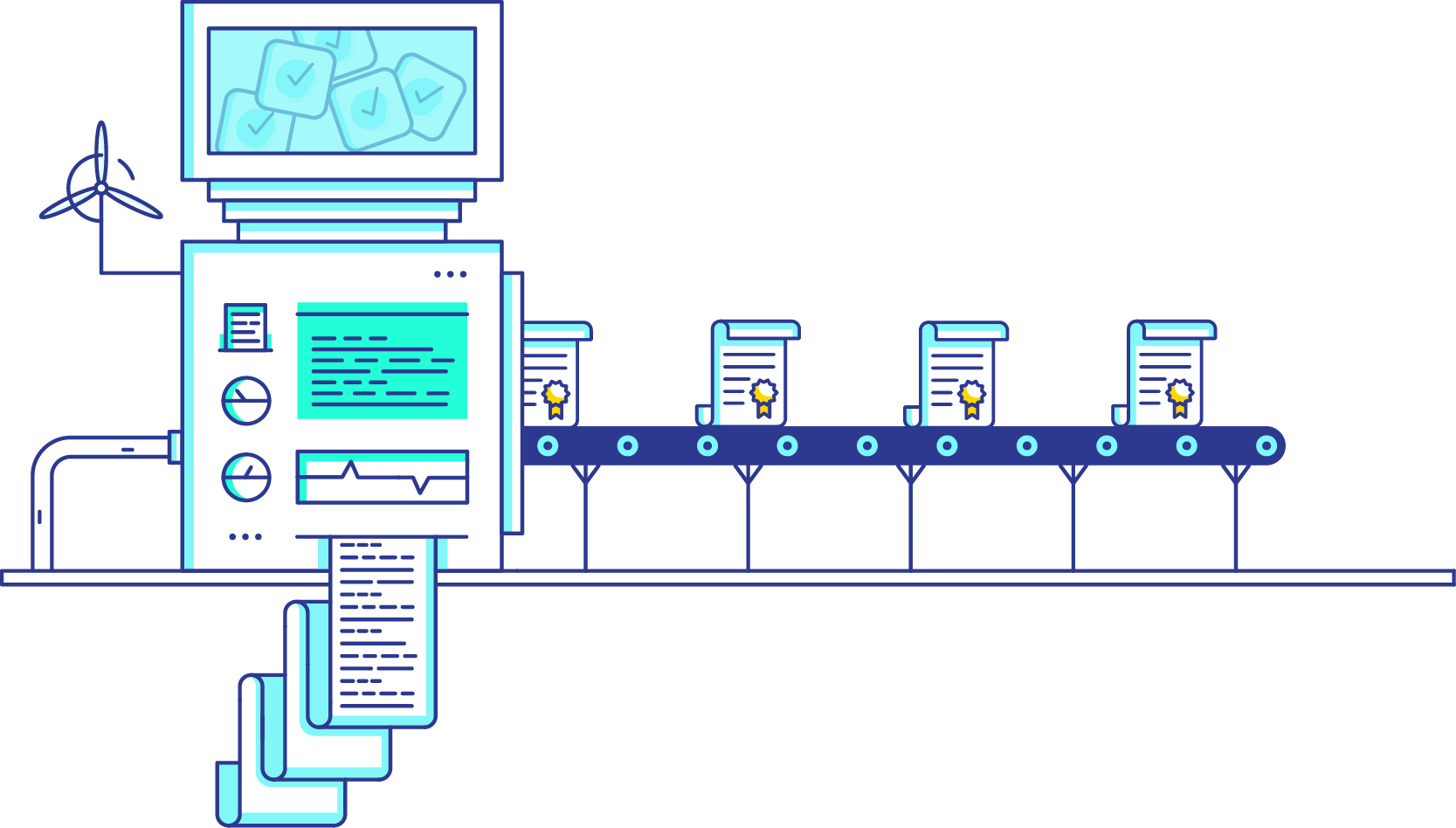
Background
Public blockchains are a lot like public infrastructure—many people derive value from them, but only a few individuals maintain and work on the core technology. Public blockchains need built in mechanisms to upgrade their code bases over time. As new technology becomes available, network stakeholders may want to add or remove features to better serve their needs.
Making these changes isn’t easy. When one group of stakeholders wants to make a change to the core protocol, every side might not agree. Similarly, the interests of a network’s stakeholders—namely users, core developers, node operators, and miners—are usually at odds with each other.
To date, stakeholders have engaged in informal governance processes to reconcile their differences. While this type of governance theoretically gives every stakeholder a voice, power has usually concentrated among core developers and miners. Users have rarely had an influential voice in how a protocol should be upgraded.
Users play an integral role within a public blockchain’s ecosystem and should arguably be the most important stakeholder. Given the concentration of power in informal governance mechanisms, how can we create a system that gives users a greater say in how a blockchain evolves?
Enter On-Chain Governance
On-chain governance is a system for upgrading blockchains in which code changes are encoded into the protocol and decided by stakeholder voting. Code changes can be proposed by anyone, though usually its the core developers, and token holders vote whether or not those changes should be integrated into the protocol.
While on-chain governance has its proponents, a lot of the infrastructure necessary to facilitate it has not yet been built. For a well-functioning on-chain governance system to exist, stakeholders need more efficient and easy to use coordination tools. For example, universal interfaces like Decred’s Politeia or those being built by various TCR projects create recognizable voting patterns. The more projects that adopt these standards, the easier it will be for stakeholders to understand how to participate in governance processes.

Benefits of On-Chain Governance
On-chain governance has a number of benefits over its informal counterpart including:
-
Decentralized decision making process
- Any entity that holds the blockchain’s underlying token is able to vote on protocol changes. In informal systems, users and node operators can only signal their voice through community forums, social media sites, and mailing lists. They have no way to directly influence changes.
-
Binding code changes
- Any changes agreed upon through on-chain governance will irrefutably be implemented. This is in contrast to informal systems in which code updates are all agreed upon ‘off-chain.’ There is a non-zero chance that whatever is agreed upon doesn’t come to fruition. We saw this play out in the Segwit2x debacle. Everyone in the Bitcoin community expected the hard fork to occur, only for it to be pulled out at the last minute. While there is not right or wrong in that scenario, it shows that centralized powers are always able to make changes at will, something completely misaligned with the ethos of decentralization.
-
Transparency
- The process by which on-chain decisions are made are extremely transparent and known by stakeholders before any voting ensues. In this way, consensus rules are always consistent and stakeholders don’t feel like the system is constantly being changed by centralized powers. Stakeholders are much more likely to support a system that has pre-defined and agreed upon parameters like quorum thresholds and voting periods.
-
Quicker Consensus
- Code changes can be implemented much quicker because there are encoded voting periods. Stakeholders are aware that there is a fixed interval of time for them to signal their support or disapproval for a code update. This is in stark contrast to informal systems, in which code updates could theoretically be debated indefinitely.
-
Fewer Malicious Hard Forks
- The biggest benefit of on-chain governance is that it helps deter hard forks. Hard forks occur when groups of stakeholders can’t come to a resolution on protocol changes. They can be particularly damaging because these networks now compete for the same brand and users—something that is viewed by many as zero-sum. On-chain governance prevents hard forks because stakeholders feel more enfranchised if they have a fair say in how the protocol should adapt.
While On-chain governance is an extremely fascinating concept, there are still many well-articulated critiques against such a system. Learn more about the counter view off-chain governance here.





